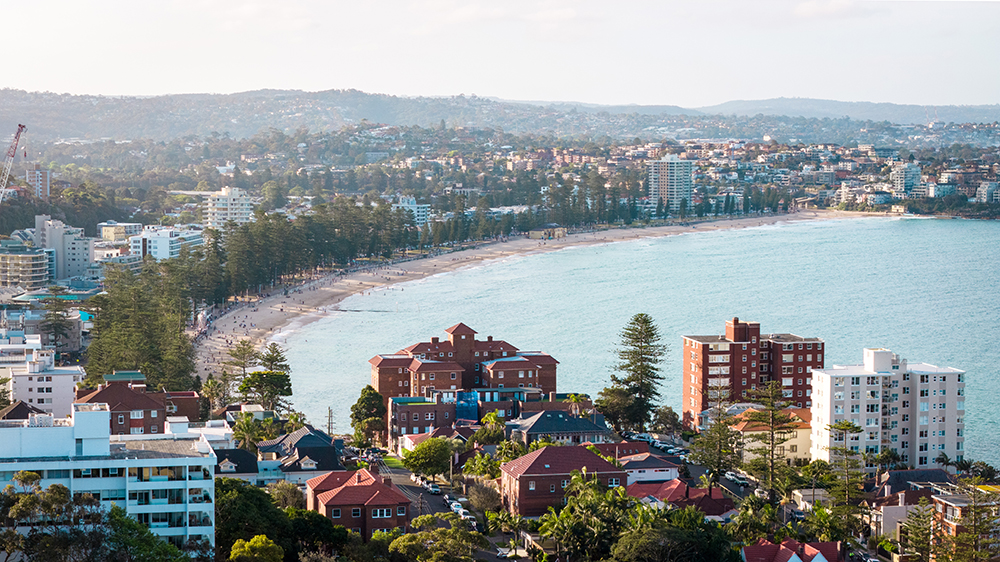Summary Introduction
With recent changes to the Low-Medium Residential (LMR) zoning across key suburbs, in Sydney many homeowners are sitting on sites with untapped development potential. While the upside can be significant, the process is far from straightforward. Here’s what you need to know—and how to avoid costly missteps.
What Is the LMR Zoning Code?
The Low-Medium Residential (LMR) code governs how residential land can be developed—covering things like height limits, setbacks, and density. Recent changes in areas like Sydney’s inner and middle ring suburbs have made it easier to develop sites that previously weren’t considered viable.
https://www.granthambuyersagents.com.au/service/
https://www.granthambuyersagents.com.au/vendor-advisory/
1. Understand Your Site’s Potential
Before you start dreaming of windfall profits, get a qualified architect or town planner to assess your site. Key factors include:
• Site frontage and access
• Slope, easements, and overlays
• Infrastructure and sewerage lines
• Heritage constraints or biodiversity overlays
A quick “free appraisal” from a developer or agent isn’t enough—you need real advice tailored to your land and zoning.
2. Bigger Blocks, Bigger Opportunity
In many cases, your land alone might not be enough. Developers often seek site amalgamations—joining neighbouring lots to unlock larger projects. If you and your neighbours align, you may be able to:
• Command a premium price per square metre
• Negotiate stronger contract terms
• Reduce the risk of a piecemeal sale that never completes
If your suburb is heating up, now is the time to speak to your neighbours and get aligned.
3. Engage the Right Professionals Early
Selling to a developer is not a normal residential transaction. You’ll need support to:
• Assess buyer credibility and structure deals properly
• Appoint the right sales agent (who understands development buyers)
• Negotiate terms like deposit size, settlement timing, and due diligence windows
A vendor advocate or experienced buyers agent can manage the process, ensuring your deal reflects both risk and reward.
4. Know What You’re Signing Up For
Most developers won’t buy outright. Instead, they’ll seek an option agreement—usually lasting 1 to 3 years—to allow time for planning approvals. These contracts often include:
• Delayed settlement
• Conditional clauses tied to DA approval
• Small deposits released late in the process
These structures protect developers but come with risk for vendors. You’ll need to understand the trade-offs clearly before signing.
5. Get a Lawyer Who Knows Development Agreements
Standard conveyancing won’t cut it here. You’ll need legal support from someone who regularly works with option deeds, uplift clauses, and multi-party agreements.
They should advise you on:
• Trigger points and exit clauses
• What happens if a neighbour pulls out
• Whether the offer is a group figure or split between owners
• Risks around non-DA outcomes or time blowouts
A good lawyer can protect your interests even if the deal gets complicated.
Final Thoughts
These zoning changes represent a major opportunity—but they also come with complexity and risk. If you’re sitting on LMR land, take the time to understand your site’s real potential, assemble the right team, and structure your deal from a position of strength.
How Grantham Buyers Agents Can Help
We’ve helped clients across Sydney navigate zoning changes, assess development potential, and negotiate fair outcomes. Whether you’re selling solo or as part of a collective, our vendor advisory service gives you the edge in deal structuring, negotiation, and buyer selection.
Contact us today for a confidential discussion.
https://www.granthambuyersagents.com.au/contact/



